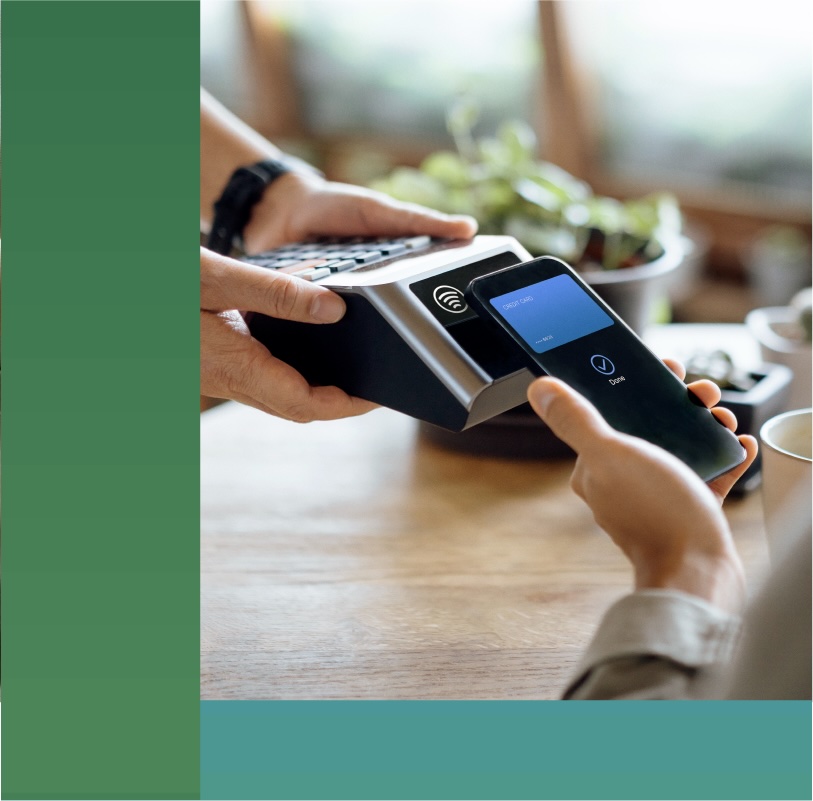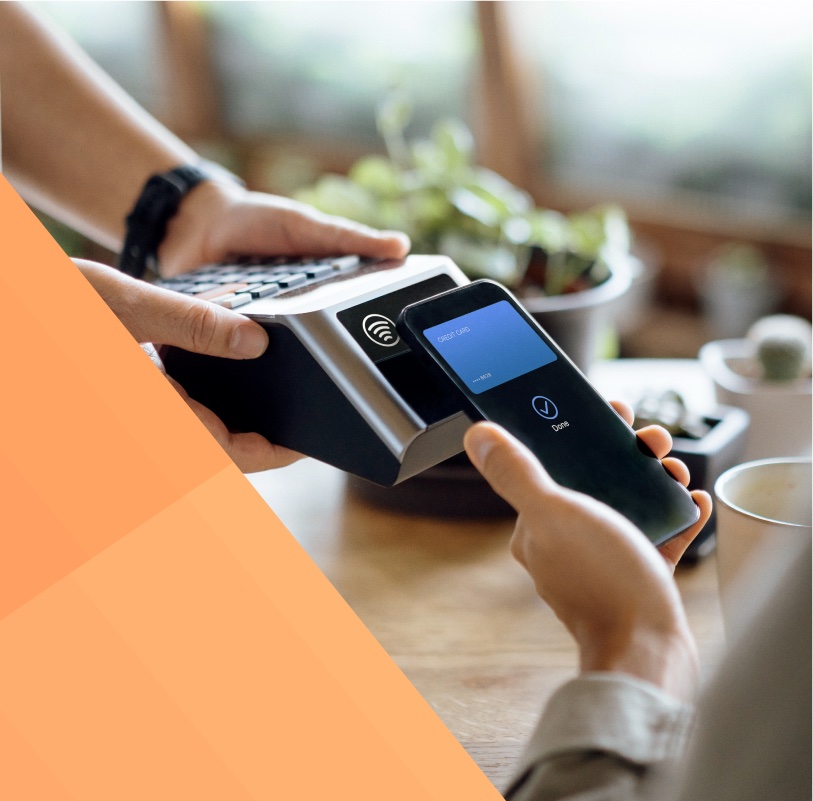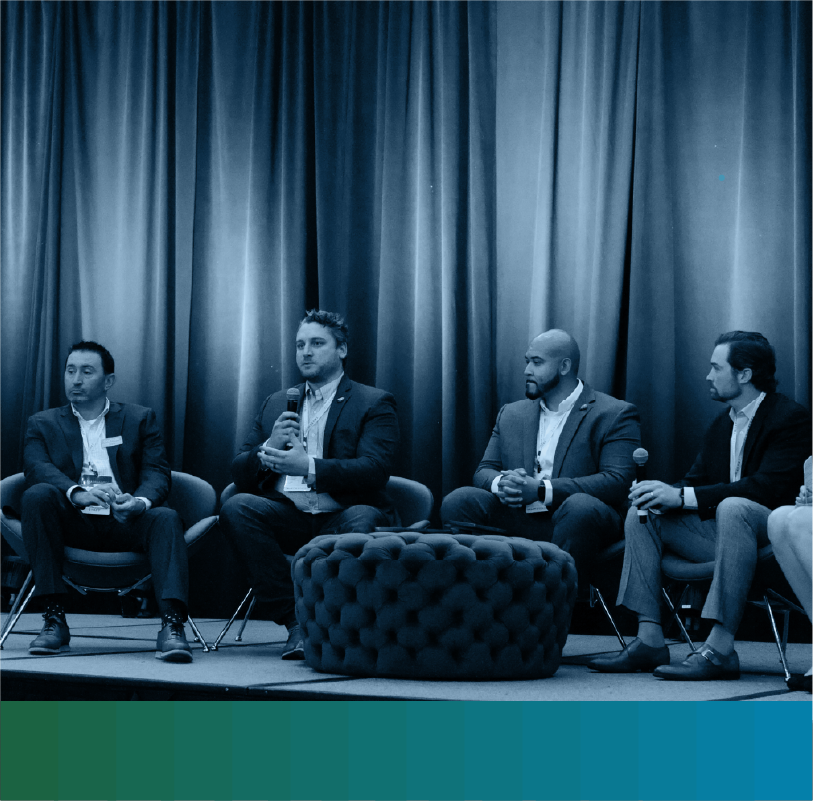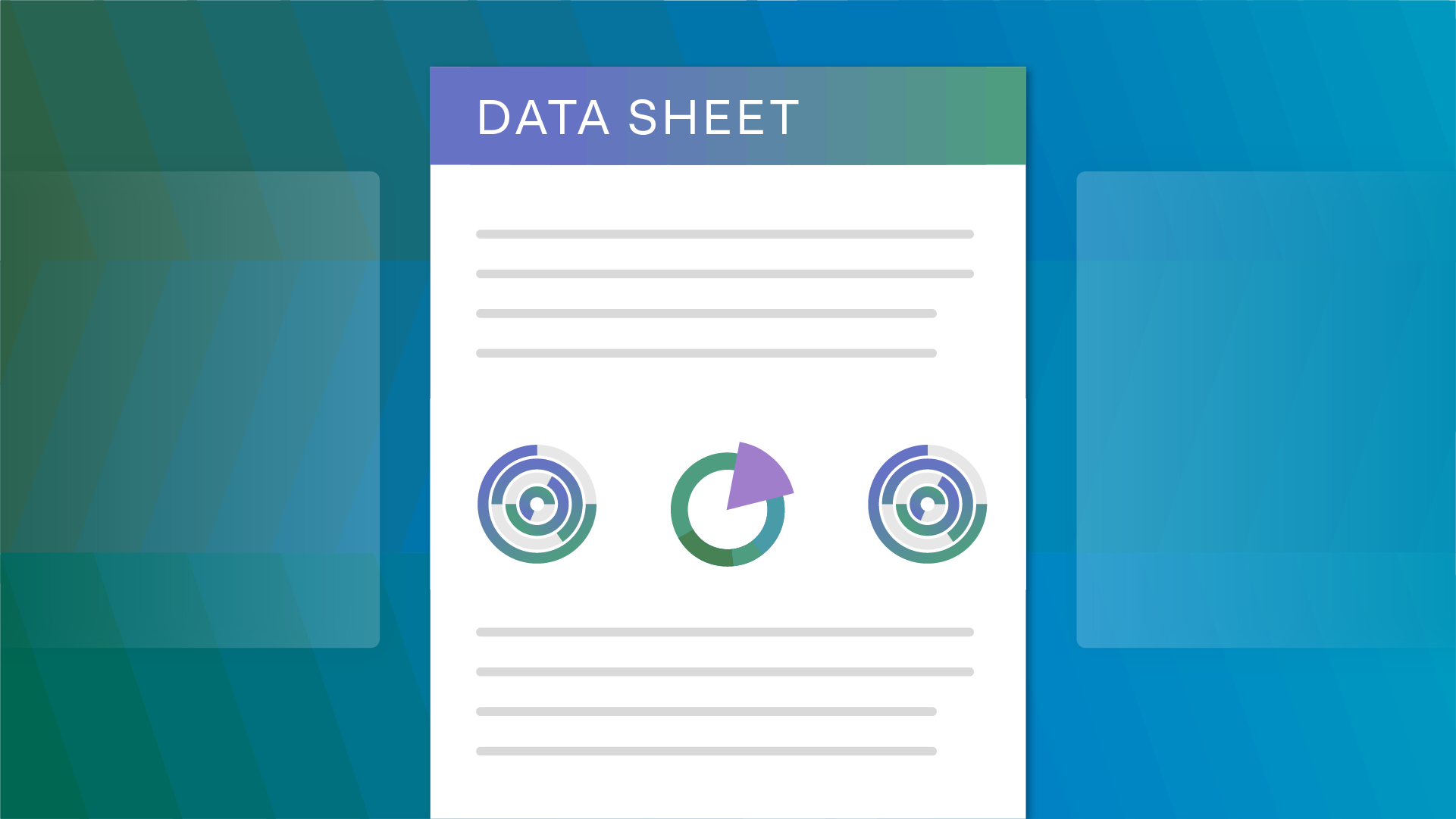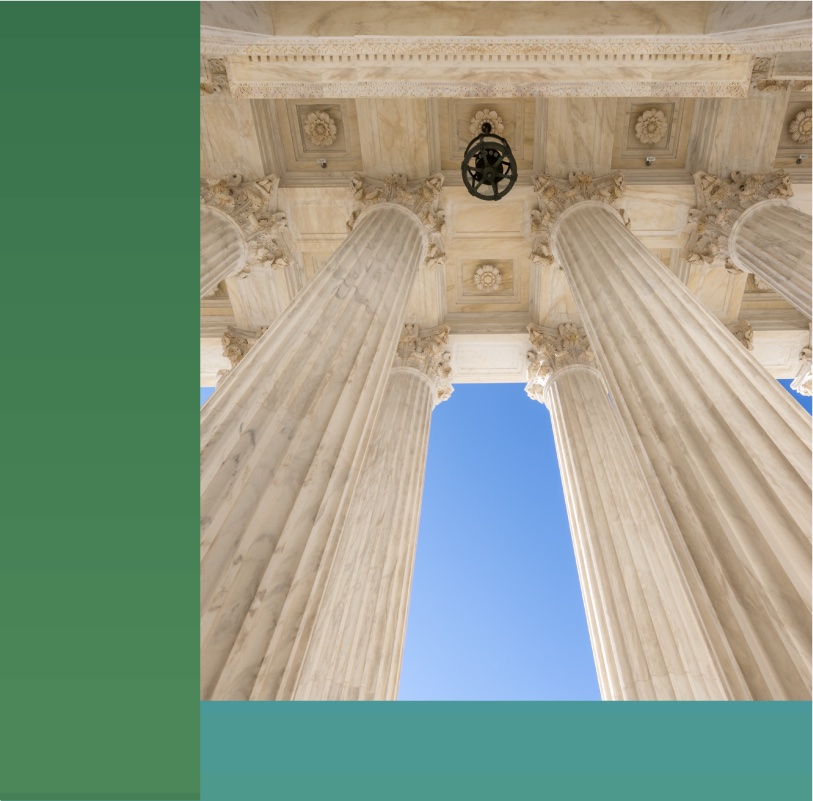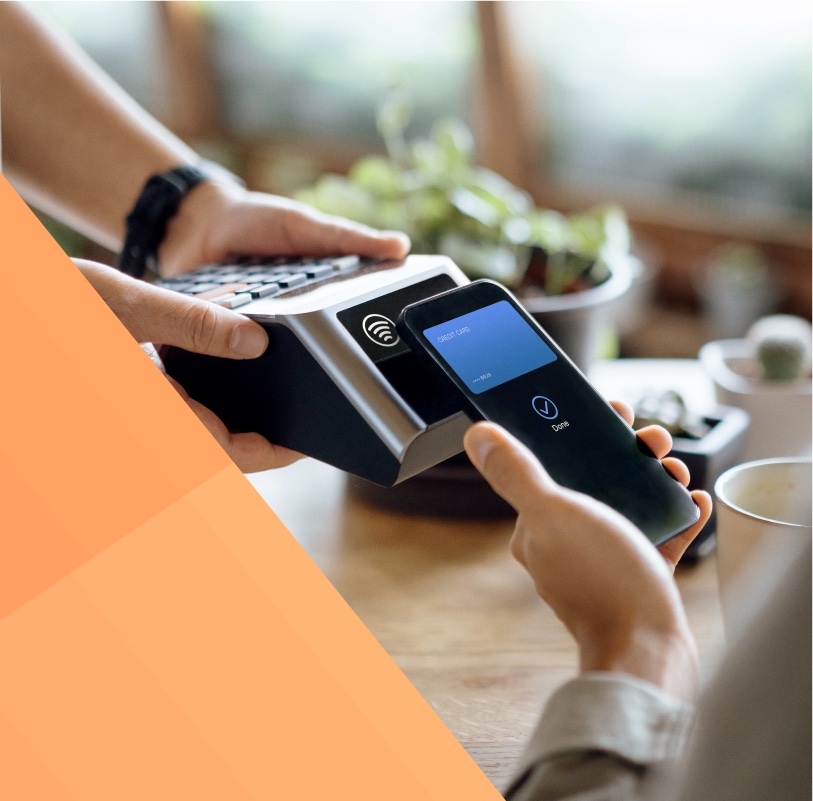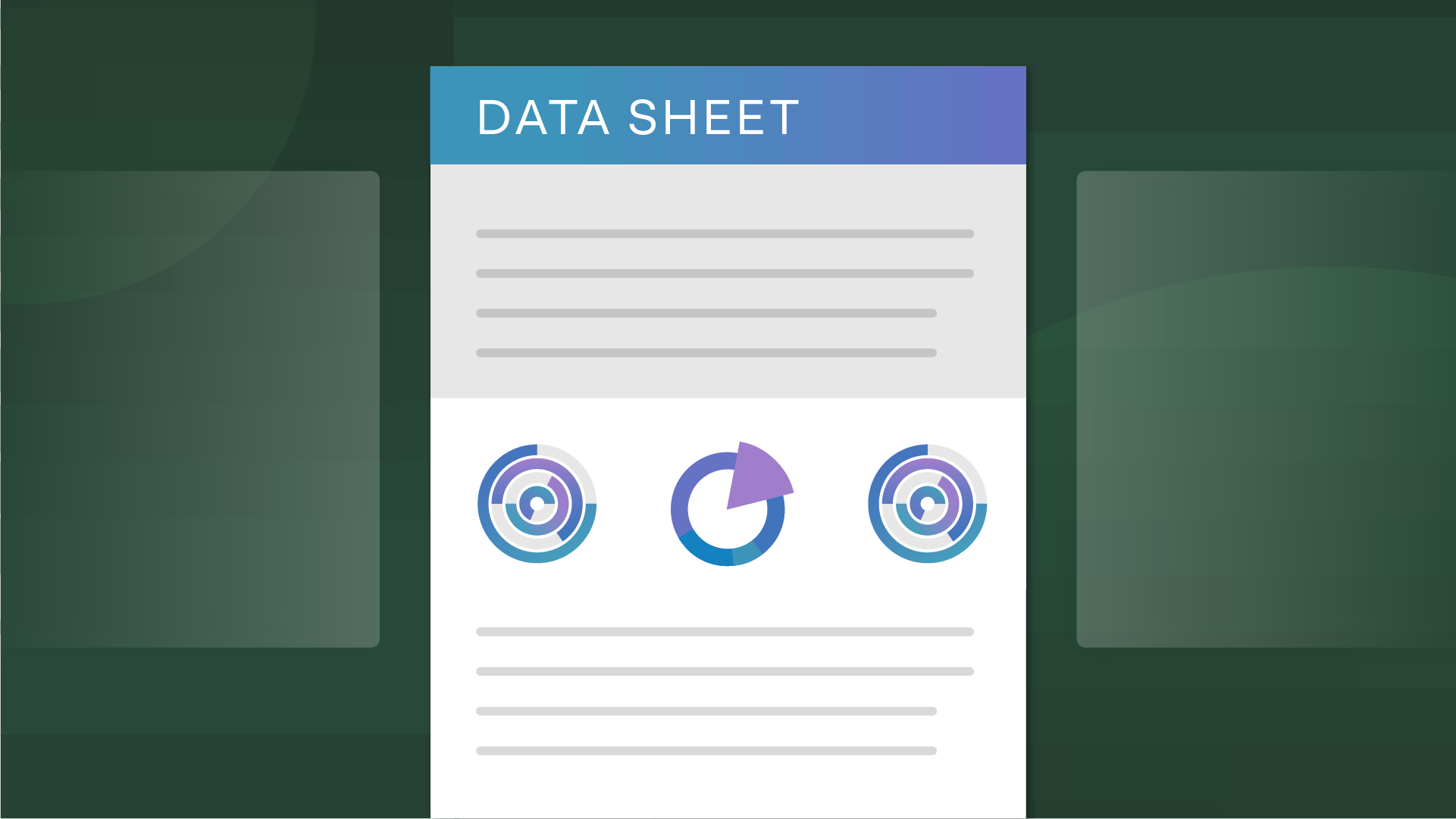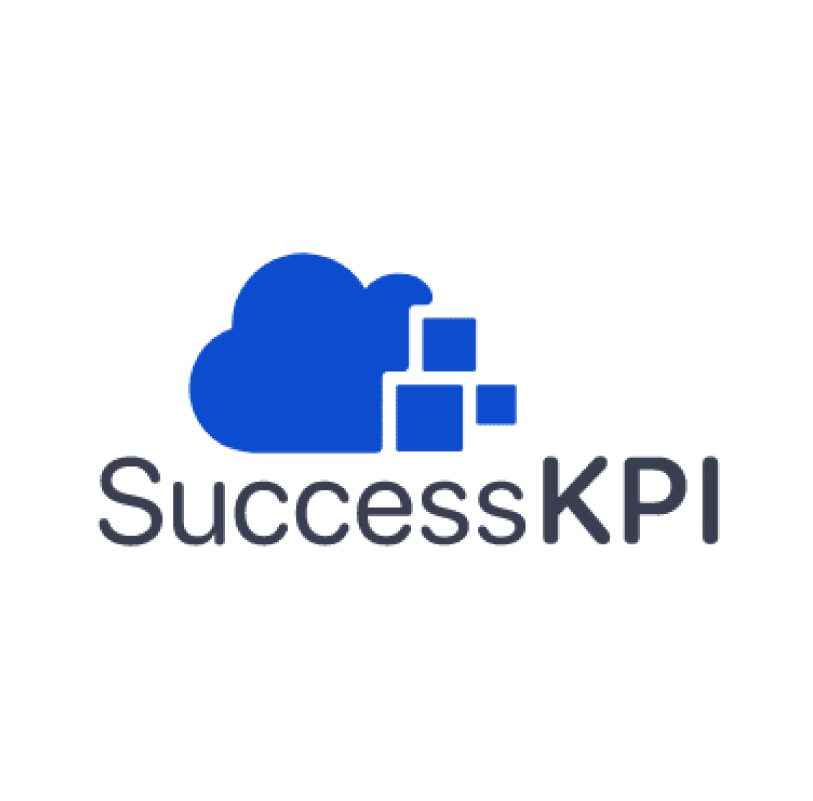Why IT risk is essential to privacy excellence
Privacy and IT risk management professionals have untapped potential in bringing more value to the business by working together. But often these disciplines operate in parallel without regular touchpoints. Privacy professionals are tasked with ensuring that all personal data collected and processed within an organization is done lawfully and proactively protects individuals’ right to privacy where possible. Protecting personal data is a multi-functional operation. Beginning with a clear understanding of why information is being collected, how it is being processed and stored, implementing data minimization practices and deletion where necessary, strictly adhering to retention schedules, and maintaining the integrity of data stored. Beyond these practices, IT asset security and management is a foundational element to getting privacy management right.
The fundamentals of accountability
Both privacy and IT risk management oversee a lot of moving parts, but neither not capture the whole picture. A fundamental principle in privacy management is accountability.
According to the European Data Protection Supervisor, “The General Data Protection Regulation (GDPR) integrates accountability as a principle which requires that organizations put in place appropriate technical and organizational measures and be able to demonstrate what they did and its effectiveness when requested.”
While accountability is an essential privacy principle, it does not solely live within the domain of privacy management. It’s an organizational effort that requires alignment between privacy and IT risk management, and other applicable stakeholders. But as businesses grow, silos naturally develop across disciplines maturing at different paces.
Join us for an upcoming webinar Enhancing Privacy Accountability Through More Effective IT Risk Management, on Thursday, December 9th, 11 AM EST
A Fast-Paced privacy evolution
Privacy management has been catapulted to a top-level board initiative to protect and build trust in the market. Global and regional laws such as GDPR, CCPA, and LGPD coupled with high profile consumer data breaches directly spotlight the issue of improper or inappropriate data use. Operationalizing Privacy management across business strategy and pursing privacy-enhancing computation (PEC) techniques continue to be a business priority as new solutions and digital processes are adopted.
Static IT risk management programs
IT Risk management is a well-established discipline in comparison; businesses have been protecting and maintaining their IT assets to enable overall business functions better and ensure the security of any confidential IP. As SaaS-based solutions have expanded throughout the business to facilitate productivity and collaboration across business units, IT Risk processes and technology have not evolved at the same pace. Many organizations still manually assess, remediate, and monitor digital risk across the organization, often relying on excel.
- How does having precise alignment with your IT risk management impact your ability to confidently demonstrate the effectiveness of the technical and organizational measures your business has in place?
Privacy and IT Risk management are intrinsically linked based on the digital nature of businesses today. Still, many organizations manage these programs in a separate manner. Having disconnected privacy and IT risk management programs results in duplicate core data sets (IT assets and processes), redundant workstreams to maintain and synchronize data sets, and manual data consolidation when auditing.
But the bigger picture where program alignment is key is having a clear understanding of, how secure are the IT assets that house personal data in your organization?
Identifying blind spots
Effective privacy programs have a firm grasp on where personal data flows throughout their organization. First, what touchpoints consume personal data in the form of both IT assets and third-party relationships and the processing activities transferring data from one point to the next – to produce a comprehensive data flow to detail and map the organization. This data map helps streamline reporting, such as Article 30 for GDPR, and informs operational privacy best practices such as data deletion. But ensuring proper data processing is only one aspect of accountability. An equally important factor is IT risk reduction and the ability to demonstrate its effectiveness.
But understanding IT risk exposure requires a much more dynamic vantage point. It’s important to know where personal and other confidential information resides to track critical assets. But to correctly identify and manage IT risk, you also need visibility into what threats and vulnerabilities are present that could impact your IT assets.
Capturing the bigger picture for privacy accountability
Running systems in parallel can be problematic beyond duplicate data sets. IT Risk managers are responsible for securing and protecting IT assets. Privacy plays a crucial role in informing the IT risk team regarding critical assets and workstreams involving personal data. Misalignment on what risk the business should prioritize could compromise privacy accountability.
- Centralize Insights: Aligning privacy and IT risk can help to streamline program efficiencies. Maintaining a common data set where each team can contribute and enrich a broader data profile can bring more value to the business. Writing data back to a centralized risk register can help a more educated analysis.
- Optimize Assessments: Business assessments are performed across the business from various perspectives, and getting a timely and complete response is a common goal for any assessment owner. Synchronizing risk assessments between Privacy and IT risk is another area where the company can gain efficiencies. As you assess common elements of people, processes, and technology throughout your business to maintain your privacy program, you can up-cycle the data to inform your IT risk practices without the need for repetitive assessments. Rather than performing privacy impact assessments in a silo, having an integrated IT Risk program can help you identify broader business impacts.
- Streamline Remediation: What happens when your privacy management practices fall out of sync or a security control needs to be updated? IT risk teams are often involved in initiating any risk remediation and proactively mitigating vulnerabilities discovered. With an integrated solution, remediation workflows can be kick-offed seamlessly to coordinate the appropriate stakeholders to uphold the appropriate technical and organizational measures (controls) are in place.
- Demonstrate Effectiveness: Having information organized and accessible from both Privacy and IT Risk teams help provide clear documentation to demonstrate how well designated privacy and security controls perform in practice, with an auditable activity record of changes and how the practices are maintained.
OneTrust delivers an integrated platform for privacy management, IT and security risk programs, and broader GRC use-cases. Businesses can realize the program efficiencies that support better accountability throughout the organization.
Join us for an upcoming webinar Enhancing Privacy Accountability Through More Effective IT Risk Management, on Thursday, December 9th, 11 AM EST






































